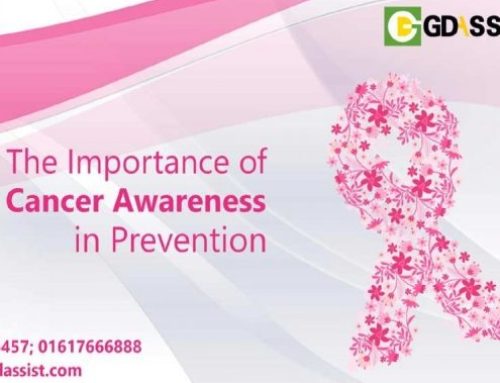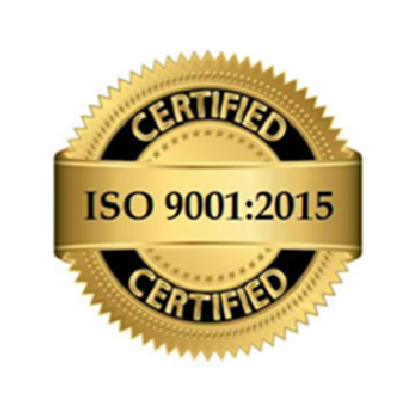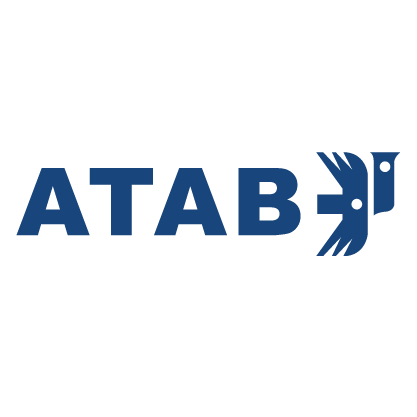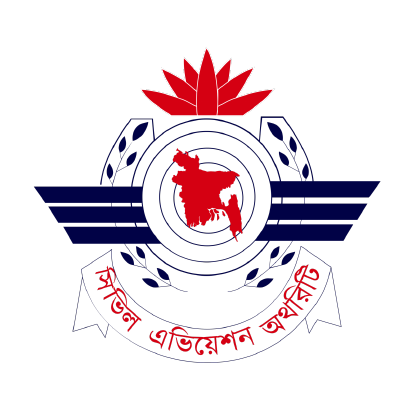All You Wanted to Know About Thalassemia
Seeking adoption, a couple in Malaysia were happy to have a bonny boy aged about 1 year. The parents were aware that the infant had a medical condition that was listed as thalassemia major. Though earlier, the parents were worried and overwhelmed at their son’s condition, the reality was that the child, who’s now about 5-years-old, is like any other child, expect for the fact that he needs to undergo blood transfusion once a month. And then it’s back to typical life.
Though thalassemia is a serious and chronic medical condition, it is not life-threatening. Instead, it is about ensuring compliance with the treatment schedule. So what exactly is thalassemia? Here’s all you wanted to know about it…
Thalassemia: A hereditary blood disorder
Thalassemia is an inherited blood disorder that passes from parents to children through the genes. It is caused when the bone marrow doesn’t create enough of a protein called haemoglobin, which is an important constituent of the red blood cells. What happens is when there isn’t enough haemoglobin, the body’s red blood cells fail to function properly, lasting for shorter periods of time. The outcome is that there are fewer healthy red blood cells travelling in the bloodstream.
On their part, red blood cells carry oxygen to all the cells of the body. So when there aren’t enough healthy red blood cells, there is also not enough oxygen delivered to all the other cells of the body, which may cause a person to feel tired, weak or short of breath. This is a condition called anaemia and patients with thalassemia may have mild or severe anaemia.
In its more minor form, a person with thalassemia may have his/her red blood cells smaller in size or the red blood cells may be less, causing him/her to be slightly anaemic. In its most severe form, the bone marrow does not create functional red blood cells at all. This would cause the patient to be chronically anaemic with no way to recover his/her haemoglobin levels. Such patients rely on donated blood by receiving blood transfusions every 2-4 weeks to survive. Transfusions have to take place typically every 21-28 days for a child and 14-21 days for an adult.
Thalassemia: Transmission and detection
If two people who each carry the same form of thalassemia trait have a child, there is a 25 per cent chance that this child will be born with a severe form of thalassemia.
Those with moderate or severe forms of thalassemia usually find out about their condition in childhood since they have symptoms of severe anaemia early in life. Those with less severe forms of thalassemia may only find out because they are having symptoms of anaemia or perhaps because a doctor finds anaemia on a routine blood test.
Finding out if one carries the thalassemia trait is not hard. The physician will look at the mean corpuscular volume (MCV) of the complete blood count (CBC). If the MCV is 80 or less and if one is not iron-deficient, then one may have thalassemia trait. Other blood tests, including a haemoglobin electrophoresis and a quantification of haemoglobin A2 and haemoglobin F, can also verify the status of the trait.
A haematologist treats thalassemia. In some cases, the treatment can also be dispensed by an oncologist, though thalassemia is NOT a form of cancer.
The question that is uppermost on the mind of most having thalassemia or the family members of such patients is that if thalassemia leads to a deficit of red blood cells, can it be treated with iron supplements?
The short answer is ‘no’.
Thalassemia is not a form of anaemia that is caused by iron deficiency. In fact, those with transfusion-dependent thalassemia often limit iron in their diets as they already receive too much iron from each transfusion. The body cannot get rid of excess iron on its own and transfusion-reliant patients need to take chelation medication to excrete as much iron from the body as possible. Chelation refers to the removal of excess iron from the body. Instead, those with thalassemia are recommended to take multivitamins without iron.
Thalassemia: Types and severity
Thalassemia can be principally classified either as ‘alpha’ or ‘beta’, according to the specific part of haemoglobin that is affected. In other words, when thalassemia is called alpha or beta, it refers to the part of haemoglobin that isn’t being made. If either the alpha or beta part is not made, there aren’t enough building blocks to make normal amounts of haemoglobin. While low alpha is called alpha thalassemia, low beta is called beta thalassemia.
When words such as ‘trait’,‘minor’,‘intermedia’ or ‘major’ are used, they usually describe the severity of the thalassemia. A person who has thalassemia trait may not have any symptoms at all or may have only mild anaemia, while a person with thalassemia major may have severe symptoms and may need regular blood transfusions.
The type of thalassemia a person has depends on how many and what type of traits for thalassemia he/she has inherited or received from his/her parents. Also, having a thalassemia trait means that one may not have any symptoms but one may pass that trait on to their children and increase their risk for having thalassemia.
Sometimes, thalassemia is also referred to by other names like Constant Spring, Cooley’s Anaemia or Haemoglobin Bart Hydrops Fetalis. These names are specific to certain thalassemia. For instance, Cooley’s Anaemia is the same thing as beta thalassemia major.
Thalassemia: Symptoms and treatment plan
The rare case of the most severe form of alpha thalassemia major may cause stillbirth. Though children born with beta thalassemia major are normal at birth, they tend to develop severe anaemia during the first year of life. The other symptoms of thalassemia can include:
- Shortness of breath
- Fatigue
- Yellow skin
- Bone deformities in the face
- Stunted growth
Those with the minor form of alpha and beta thalassemia have small and abnormally-shaped red blood cells (when seen under a microscope) but no visible external symptoms.
The treatment plan for thalassemia often involves regular blood transfusions and folate supplements. If one receives blood transfusions, one should not take iron supplements. Doing so can cause a high amount of iron build-up in the body, which can be harmful.
A transfusion typically takes about 4 hours (as an outpatient). The actual length of time at the hospital may be from 4-7 hours. For transfusions, while some patients may be scheduled on a regular basis, it being important for the quality of life, others can schedule transfusions based on haemoglobin levels a day or two before the actual transfusion. The general range where a patient would fall and be considered in need of a transfusion would be with haemoglobin levels of 9-10.
For transfusions, it is critically important that the blood be exactly matched. This is not the same as when a transfusion would be otherwise required, say in an accident. For chronic/routine transfusions, patients may develop antibodies and hence doctors need to phenotypically match the blood.
It is important to understand that while thalassemia cannot be cured, it can certainly be managed and rigorous alignment with the treatment plan can have a patient live a long and normal life.
GD Assist, as a responsible medical management and healthcare enterprise, observes the World Thalassemia Day on 8th May every year. The organisation commemorates the day and focuses on raising awareness about thalassemia in Bangladesh, especially among those who might be ‘silent’ carriers of the disease and may face health complications in the future. In this mission, GD Assist organises blood donation camps and free consultation sessions conducted by experts and also works towards enlisting a larger number of the population to come forward and donate blood with a view to subsequently creating a blood bank.
The World Thalassemia Day is just round the corner (8th May 2018). So if you want to know more about thalassemia or donate blood, we cordially invite you to spend the day with us and look forward to your active participation.
So, call GD Assist today for an appointment.
Hotline: 16457; +8801617666888. Email: gdal@green-delta.com
Website: gdassist.com









